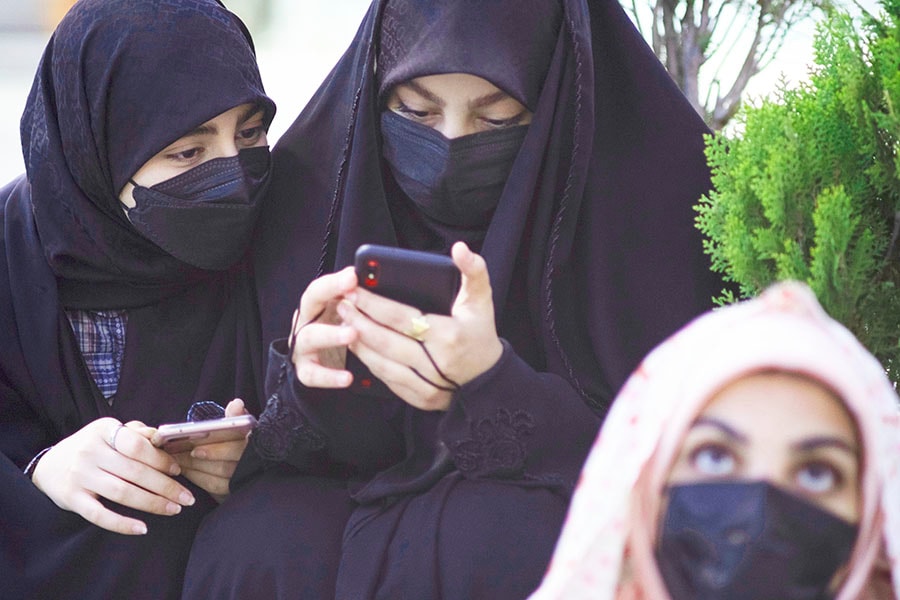
Despite Iran's efforts to block internet, technology has helped fuel outrage
Although the battle is being fought with bodies in the street, with women burning their headscarves and Iranians of all classes confronting security forces, it was protesters' phones that first swept them there
 Iranians keep finding ways into the wider internet: About 80% of Iranians rely on VPNs and proxies for access, a lawmaker told state media in July.
Image: Morteza Nikoubazl/NurPhoto via Getty Images
Iranians keep finding ways into the wider internet: About 80% of Iranians rely on VPNs and proxies for access, a lawmaker told state media in July.
Image: Morteza Nikoubazl/NurPhoto via Getty Images
In the physical world, Iran’s authoritarian leaders answer to no one. They try, but often fail, to keep Iranians away from Western entertainment and news. Thanks to their rules, women are required to shroud their hair with headscarves, their bodies with loose clothing.
On the internet, Iranians are often able to slip those bonds.
They squeal over the Korean boy band BTS and actor Timothée Chalamet. They post Instagram selfies: no headscarf, just hair. They can watch leaked videos of appalling conditions in Iranian prisons, inspect viral photos of the luxurious lives that senior officials’ children are leading abroad while the economy collapses at home, read about human rights abuses, swarm politicians with questions on Twitter and jeer their supreme leader, anonymously, in comments.
“In one world, the government controlled everything, and people always had to hide what they think, what they want, what they like, what they enjoy in their real life,” said Mohammad Mosaed, an Iranian investigative journalist who has been arrested twice for posting content online that the government considered objectionable.
“But on the internet, people had a chance to say what they want, to show who they really are,” he said. “And that caused conflict between the two worlds.”
©2019 New York Times News Service







